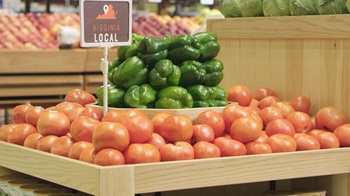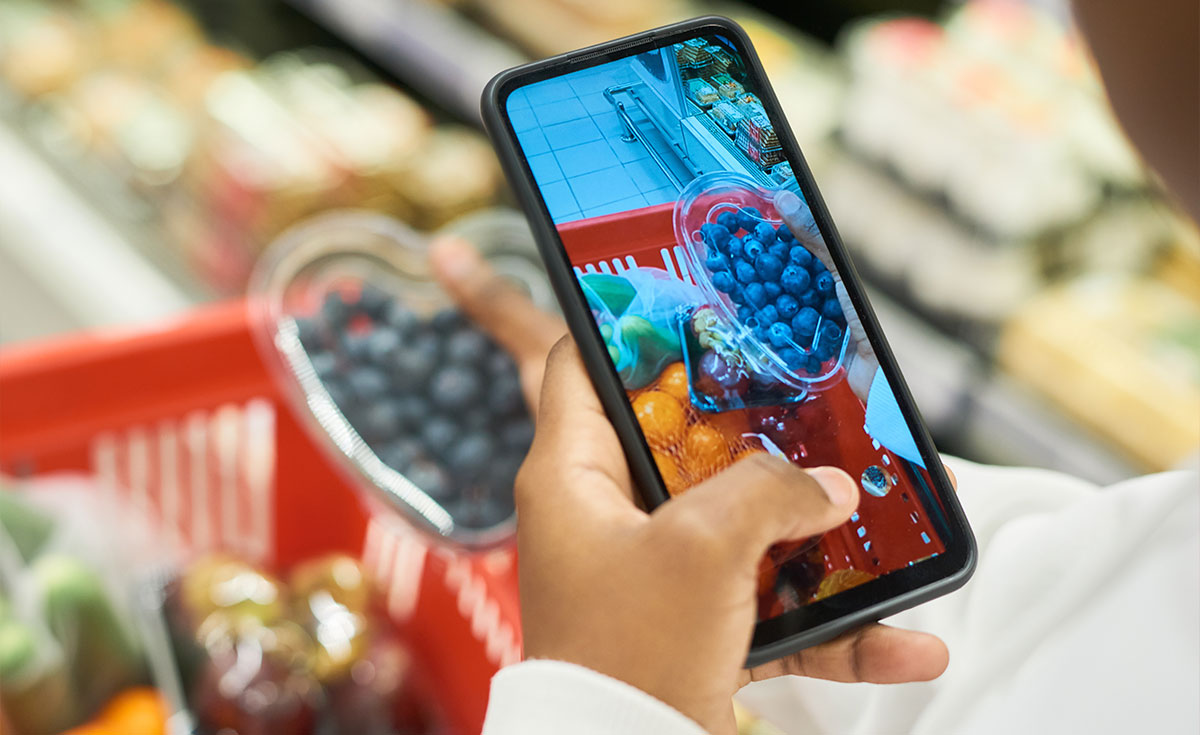By Rick Stein, Vice President, Fresh, Industry Relations, FMI

It’s helpful to enter a new year armed with lessons learned in the prior year. This is especially the case for fresh foods, given the wide range of categories and the complexities of the business.
In this spirit, I want to raise the profile of a few insights from FMI’s 2019 fresh foods thought leadership. These are all based on reports that leveraged consumer surveys, and the findings will be instructive for 2020.
1. Produce Growth Lies in Frequency
Household penetration for fresh produce is almost 100%. In other words, you can’t get much higher than that. Given this reality, “growth in produce sales is not about finding more buyers, but about finding ways to encourage current buyers to purchase (and eat) fresh produce more often,” according to FMI’s The Power of Produce report.
This makes sense when you consider that shoppers aren’t necessarily consuming produce every day. The report found that 36% of shoppers eat fresh fruits and vegetables three days a week or less.
2. Foodservice Has Lunchtime Opportunity
Lunch isn’t a consistent performer for many retail foodservice departments. Shopper engagement at lunchtime varies widely, according to FMI’s The Power of Foodservice at Retail report.
Retailers need to prioritize speed at lunchtime, offering the ability for consumers to get in and out of the store quickly. How quickly? Shoppers don’t want to spend more than an average of 15 minutes waiting for their lunch order.
Other important retail strategies are offering extensive grab-and-go assortments and making available easy parking.
3. Promotions Drive Meat Purchases
The Power of Meat research found sales promotions can prompt unplanned meat and poultry purchases. In fact, nearly eight in 10 shoppers surveyed pointed to this influence.
Promotions also can influence store switching among more than half of shoppers, the research found.
Shoppers displaying the highest sensitivity to promotions are more likely to be parents and to use two to four social media platforms to develop meal ideas.
4. Seafood Accelerates by Generating Trial
Retailers have a wide range of strategies available to boost trial in seafood, according to The Power of Seafood report.
Sampling and in-store cooking demonstrations are highly effective, the research found. Moreover, most seafood customers are willing to act based on recommendations from their stores’ seafood department. This might involve making a new recipe or buying a new seafood species.
Other drivers of trial include recommendations from friends or family and information from television, online and social media.
5. Item Location Important in Bakery
Food retail shoppers frequent both the bakery aisle and the in-store bakery, and they have definite opinions about preferred placement of items, according to The Power of Bakery report.
For example, only 11% of shoppers prefer to find packaged bakery items in a separate aisle in the center of the store, which is the common scenario in most stores today. Many shoppers would prefer to see these items placed closer to the in-store bakery.
This indicates a shopper interest in more integration of bakery items within a store.
One strategy to consider is experimentation with putting select aisle items in the in-store bakery, and vice versa.
Hopefully these fresh foods insights spark ideas for the new year. Thanks to all the industry partners that supported this research. Stay tuned for a lot more thought leadership from FMI in the coming months. And save the date for FMI’s third annual FreshForward conference, to be held in Minneapolis August 18 to 20.


 Industry Topics address your specific area of expertise with resources, reports, events and more.
Industry Topics address your specific area of expertise with resources, reports, events and more.
 Our Research covers consumer behavior and retail operation benchmarks so you can make informed business decisions.
Our Research covers consumer behavior and retail operation benchmarks so you can make informed business decisions.
 Events and Education including online and in-person help you advance your food retail career.
Events and Education including online and in-person help you advance your food retail career.
 Food Safety training, resources and guidance that help you create a company food safety culture.
Food Safety training, resources and guidance that help you create a company food safety culture.
 Government Affairs work — federal and state — on the latest food industry policy, regulatory and legislative issues.
Government Affairs work — federal and state — on the latest food industry policy, regulatory and legislative issues.
 Get Involved. From industry awards to newsletters and committees, these resources help you take advantage of your membership.
Get Involved. From industry awards to newsletters and committees, these resources help you take advantage of your membership.
 Best practices, guidance documents, infographics, signage and more for the food industry on the COVID-19 pandemic.
Best practices, guidance documents, infographics, signage and more for the food industry on the COVID-19 pandemic.
